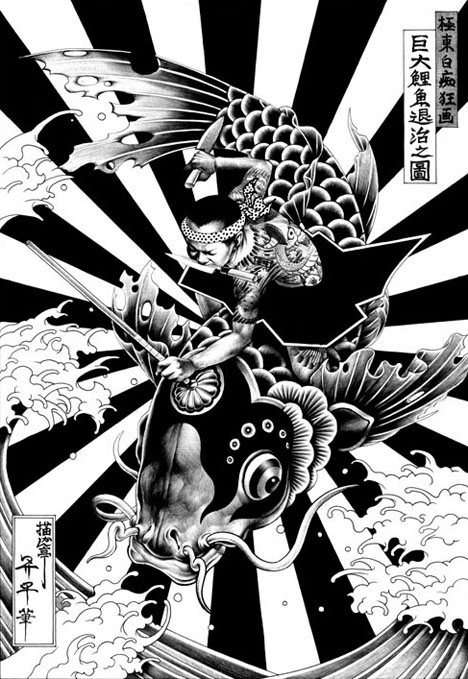
The movement was captured on high-contrast film that rendered the stick invisible. This awkwardness was eliminated by filming the ball live over printed lyrics, and the ball attached to a black baton that "bounced" a white disc over the tops of the lyrics. In early Song Car-Tunes such as " Margie" and Irving Berlin's "When the Midnight Choo-Choo Leaves for Alabam'" the ball is animated, looking like a beach ball clumsily hitting the words without precise timing. It was introduced in March 1924 with the film Come Take a Trip in my Airship. The bouncing ball technique was invented by Max Fleischer originally for the " Ko-Ko" Song Car-Tunes (1924–1927) and revised in 1929 as Screen Songs (1929–1938) for Paramount. The bouncing ball is mainly used for English language songs in video recordings however, in Japan, a similar device is used where the text changes color as it is sung, just like in karaoke. As the song's lyrics are displayed on the screen in a lower third of projected or character-generated text, an animated ball bounces across the top of the words, landing on each syllable when it is to be sung. The bouncing ball is a virtual device used in motion picture films and video recordings to visually indicate the rhythm of a song, helping audiences to sing along with live or prerecorded music.



The Mills Brothers sing " I Ain't Got Nobody" with the bouncing ball in 1932 For the dynamics of an elastic ball, see Bouncing ball.


 0 kommentar(er)
0 kommentar(er)
